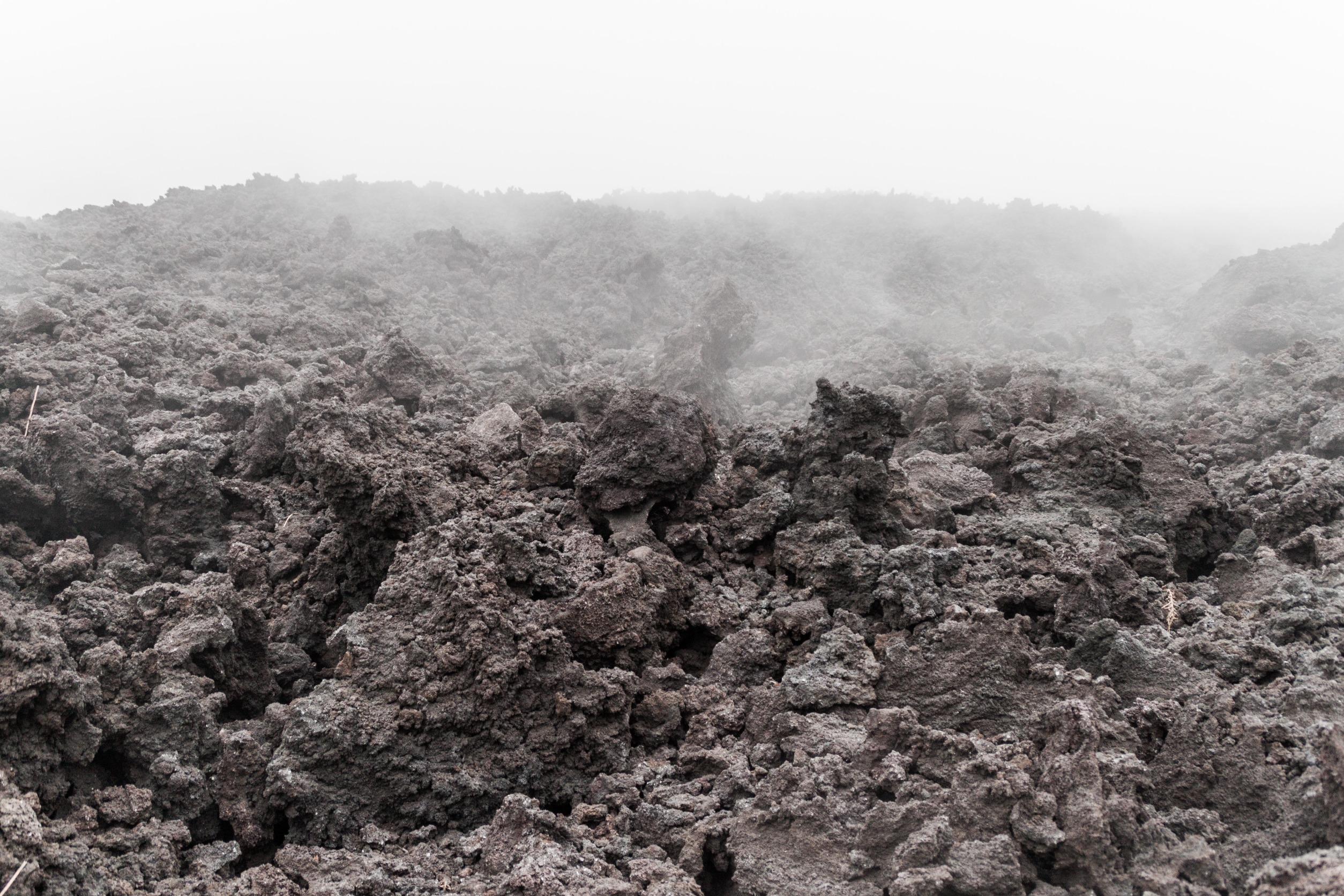At about the size of small bacteria, the Pithovirus is the largest virus ever discovered, and represents a new family of “giant” viruses. Pithovirus poses no direct threat to humans; it only infects amoebas. But this big virus still has big implications for public health.
Writing in the Proceedings of the National Academy of Sciences USA, the French researchers who isolated Pithovirus describe it as “a safe indicator of the possible presence of pathogenic DNA viruses”—in other words, if Pithovirus can survive in the permafrost for 30,000 years, then there could very well be dangerous neighbors—like smallpox—frozen nearby, just waiting for a thaw to bring them back to life.
Thanks to their wealth of natural resources like oil, the Arctic and Antarctic regions have been the focus of increasing exploration in recent years, with more intensive mining likely to follow. On top of global climate change, this industrial activity could be increasing the risk of ancient and unknown viruses reemerging.
(Source: Proceedings of the National Academy of Sciences USA 2014 Mar 3 doi: 10.1073/pnas.1320670111. Photo courtesy of Flickr, Tom Thai)
Find more science discoveries in this Free issue of The Intelligent Optimist.












